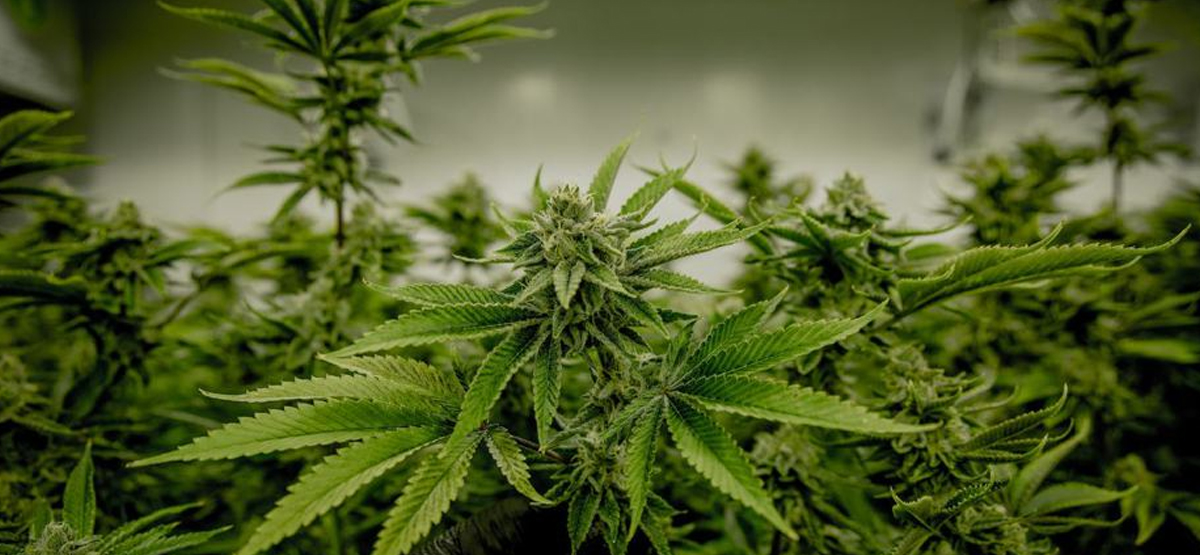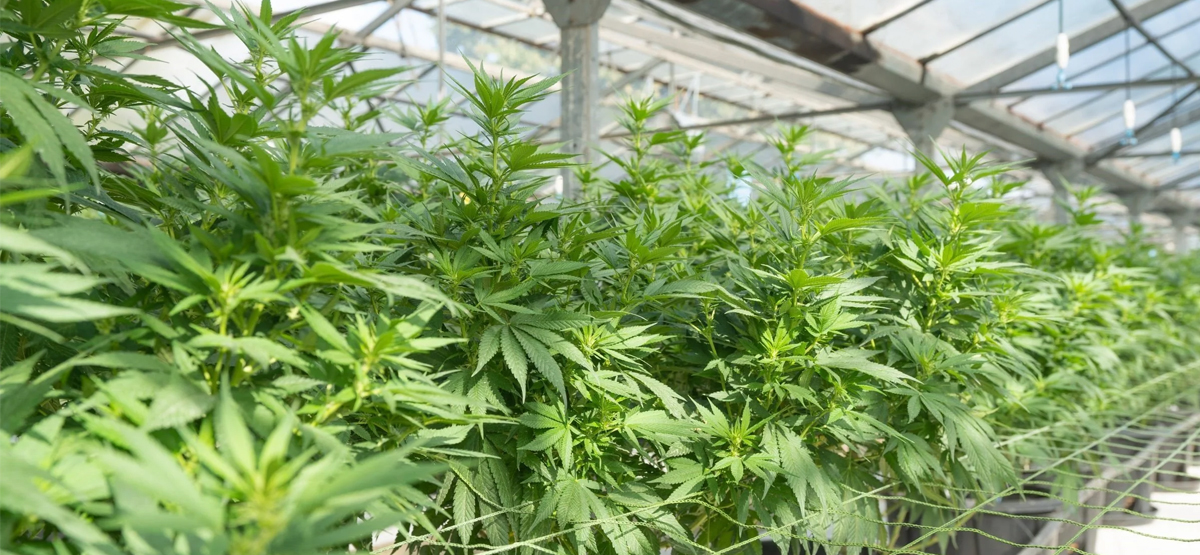When we talk about cannabis, many people may immediately think of its use as a recreational drug, or that it has been a hot topic in the medical community in recent years. However, the story of cannabis is far more complicated than that. It is a veteran of nature, taking root and growing on the earth long before the emergence of human civilization. The cannabis plant isn't just a focus of today's debate, it's a historic part of culture and industry. From ancient ropes to modern medical uses, cannabis has demonstrated its amazing versatility.
Cannabis’ Global Journey
The story of cannabis begins in the vast grasslands of Central Asia. Thousands of years ago, with the development of ancient civilizations and human exploration of the unknown world, cannabis began its global journey. In ancient Egypt, cannabis was used as a medicine to treat eye diseases; in ancient India, it was an important part of religious rituals; in China, its fibers were made into ropes and paper.
Over time, cannabis seeds were carried to every corner of the world along with human migration and trade routes. In medieval Europe, hemp was widely cultivated for clothing and canvas. By the 19th century, as medicine advanced, cannabis began to be studied for its potential in treating pain and other conditions.
However, the story of cannabis is not all plain sailing. In the 20th century, many countries began to restrict or outright ban the production and use of cannabis due to concerns about its psychoactive ingredients. But in the 21st century, with the renewed understanding of the medical value of cannabis and in-depth research on addiction.

Changes in major producing countries
As attitudes and legal status of cannabis change around the world, the map of cannabis cultivation has also undergone a disruptive redrawing. In the past, cannabis cultivation was mainly concentrated in regions such as Asia, Africa and Latin America, which have natural climate conditions suitable for cannabis growth. However, in the 21st century, especially with the legalization of cannabis in some countries and regions, North America and Europe have become emerging hot spots for cannabis cultivation.
Although cannabis is still illegal at the federal level in the United States, several states have passed laws allowing the cultivation and sale of medical and recreational cannabis. Canada fully legalized recreational cannabis in 2018, becoming the second country in the world to do so after Uruguay. In Europe, the Netherlands has long adopted a tolerant attitude towards cannabis and has become a pioneer in cannabis cultivation and research. At the same time, with the legalization of medical cannabis in countries such as Germany, Italy and the Czech Republic, the cannabis industry in Europe is also showing a rapid development trend.
These changes are not just a shift in geographical distribution, but also reflect a global re-evaluation of the economic potential of cannabis. In North America, the cannabis industry has become an important force in promoting economic growth, creating a large number of job opportunities and bringing considerable tax revenue to the government. In Europe, growing demand for medical cannabis has prompted governments and businesses to invest in cannabis research and development and production.

Advances in planting technology
With the rapid development of the cannabis industry, cultivation technology is also constantly improving. Although traditional outdoor growing methods are still common, modern agricultural technologies such as indoor growing, greenhouse growing, and hydroponics are gaining more and more attention. These technologies allow growers to more precisely control plant growth environments, such as temperature, humidity, light and nutrients, thereby optimizing growing conditions and increasing yield and quality.
Especially the application of grow lights, which makes it possible to grow cannabis in environments with insufficient light. By choosing the right spectrum, grow lights can simulate the effects of natural light and promote the growth and development of cannabis. This is especially important in areas where natural lighting conditions are not ideal or where you want to produce cannabis year-round.
VANQ has always been committed to a deep understanding of the needs of cannabis growers and focused on developing cannabis grow lights that meet these needs. We provide plant growth lights from 50W to 1600W, covering every stage of cannabis growth, bringing more convenient and practical solutions to growers. For more information, please click on the dialog box below to contact us~























